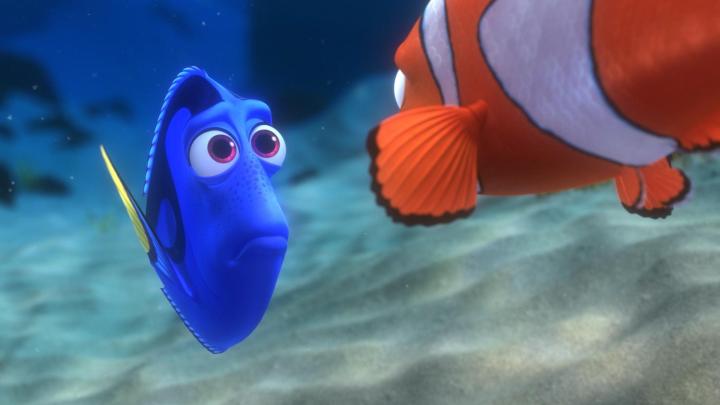
What Jinxing Li, Tianlong Li and other researchers have created is a tiny “nanofish” capable of carrying drugs to specific sites of the body, along with other applications.
And according to Li, watching Finding Nemo was one of the team’s main influences.
“We created a nanoscale robot which mimics the fish swimming [motion],” Li, a Ph.D. Student at UC San Diego, told Digital Trends. “The size of the nanorobot is even smaller than a red blood cell. We expect this nanofish robot would be used for precise medicine delivery, manipulation of single cells, or [performing] non-invasive surgery.”
Related: Smart contact lenses release drugs directly into your eye
The nanofish, which are 100 times smaller than a grain of sand, are created out of gold and nickel segments that are linked together using silver hinges. By applying an oscillating magnetic field to the microscopic robots, the magnetic nickel parts can be made to move from side to side, resulting in an undulating motion which drives them forward. Altering the strength and orientation of the magnetic field can change the speed and direction of the fish to generate precise movements.
Li said that the team has already created the nanofish robots and demonstrated that they can swim in blood. “The next step is to integrate more biological functions on the nanofish robot for biomedical purpose,” he continued.
Don’t get too excited about them being used in hospitals any time soon, though. Just like Nemo, they’ve got a long journey ahead of them. “To be honest, I have no idea [how long we’re talking about],” Li acknowledged. “I speculate, [at the] fastest speed, it may take 1-2 years for animal [testing], and overall [around] 5 years to get it working on human beings.”
It could be well worth the wait, though.
Editors' Recommendations
- SWAT team’s Spot robot shot multiple times during standoff
- Thousands of delivery robots to join Uber Eats
- Nvidia’s $200 Jetson Orin Nano minicomputer is 80 times faster than the previous version
- Tiny insect-inspired robot has speed of a cockroach and agility of a cheetah
- Part Terminator, part Tremors: This robotic worm can swim through sand


